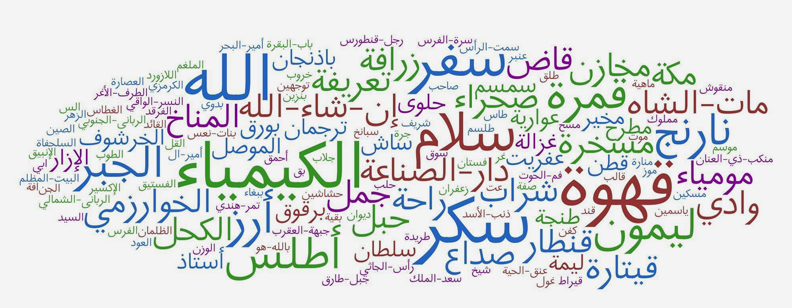Modern Standard Arabic is nearly spoken in all Arab countries. However, there are some basic local variances among different countries. The most prominent cases are:
1. Calendars:
All Arab countries use calendars differently. Some of the Gulf countries, for example Saudi Arabia uses the Hijri Islamic calendar, which is a lunar calendar consisting of 12 months and marks the great events in Muslims’ lives. Other Gulf countries for example Egypt, Sudan, and Yemen prefer using the Gregorian calendar, whereas other countries like Syria, Palestine, Jordan, Lebanon and Iraq use the Assyrian calendar.
2. Numbers:
As with the calendar, numbers are used differently in Arab countries. Some Arab countries use the Arabic-Indic numerals or Hindi numbers (٠ ١ ٢ ٣ ٤ ٥ ٦ ٧ ٨ ٩). On the contrary, some Arab countries prefer using the Arabic Numerals (0, 1, 2, 3, 4, 5, 6, 7, 8, and 9). Some countries do not have firm rules for using a particular type of numerals. When there are no particular rules it is left to the writer to decide which numerical system to use.
3. Proper and Product Names:
Arab countries also adapt a different method in naming their products. Some countries that tend to be more conventional and language sensitive, for example Saudi Arabia, prefer translating everything into Arabic. Countries which are less conservative, like Egypt, Lebanon and the United Arab Emirates, prefer keeping the names in the source language instead of localizing them. For example, the word “mobile phone” will be used in Egypt as “mobile-” which is the transcription of the English word, but in Saudi Arabia they will use “jawal-” which is the translation of the word.
4. Locale Specific Terminology:
All Arabic speaking countries use and understand the Modern Standard Arabic. Though, some realms prefer to use their own local terms, which is basically the expressions which are widely used in this specific country.
5. Dialects in Written Form:
It is also worth noticing that there is an inclination nowadays to use the informal spoken dialects in written forms as well, particularly in social media channels and forums. People tend to use it as it is easier and it reflects their daily life style. This language preference is something translation agencies definitely need to consider when translating and copy writing such content.
6. Know your Audience and your Translators:
When localizing content about your product and/or services into the Arabic language, it is crucial that you identify your target spectators and describe if the copy is focused to all Arabic countries, or to a particular locality or country. Hiring interpreters or a translation agency with in-country experience and native speaker translation team is vital. I have worked with translation teams and on projects for a crowd of Middle Eastern countries including Bahrain, Egypt, Iraq, Jordan, Qatar, Saudi Arabia and the United Arab Emirates. Understanding where your content will be used is key to the success of your business in the Arab world!
Read Also: Arabic Translation Services in CCJK
Take a look at how we helped our client by localizing their project for Arabic language. Click here to read the complete case study



